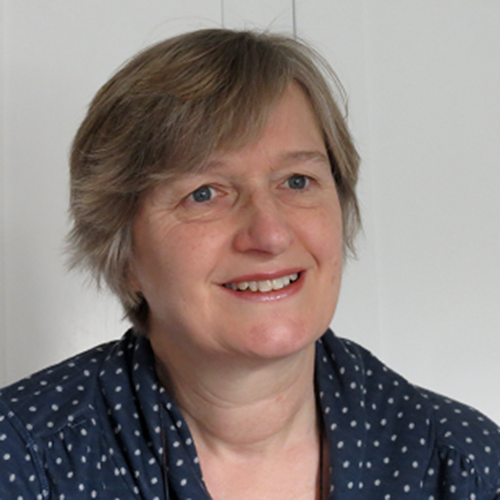May 2018 issue out now ...
The Greek philosopher Heraclitus is credited with the saying that you cannot step into the same river twice, for other waters are continually flowing on to you. His idea seems to be that everything in our world is constantly changing, even something that seems to us to be constant or where the change is so slow or imperceptible as to be almost impossible to detect. Yet that change is a necessary part of its essential being: a river can’t remain a river unless it changes constantly – the minute the water stops flowing, it ceases to be a river.
As human beings, and as teachers, we differ in our attitudes to change, with some regarding it as an undesirable upheaval, and some as an opportunity for growth and development which should be embraced with enthusiasm.
In our main feature, Richard Fielden-Watkinson outlines some of the changes and challenges that teachers currently face in the field of ELT. Some, such as developments in technology, are things that we should probably embrace, stepping boldly into the river to see where it leads us. Others, such as discrimination within our profession, are things we should fight against, taking a stand and, where necessary, going against the flow.
In order to see the direction in which we are going, we need to know where we are now. Tanja Jankovič and Chia Suan Chong address the present trend for ‘mindfulness’ – being aware of the moment – and see benefits here for teachers and learners.
Being mindful of the moment doesn’t, however, involve a trance-like meditative state in which passivity rules. It requires active engagement with the task at hand, and both Russell Stannard and Lenora Haranaka advocate encouraging students in this direction. Russell uses a video-editing tool that means that his students don’t just watch an entertaining video: periodically, the video pauses automatically and will not continue until the students have answered a question on it. Lenora, having determined that her students consider speaking to be the thing they need to improve most, challenges them to do something about this, by engaging in an out-of-the-classroom project in which they shadow-read along with a listening text and then record themselves again and again until they are happy with the result.
So let’s step into our own classroom rivers, recognising that they are not going to be the same each time we do this, but rejoicing rather than regretting the diversity that we find there and the challenges of each new lesson.


Comments
Write a Comment
Comment Submitted